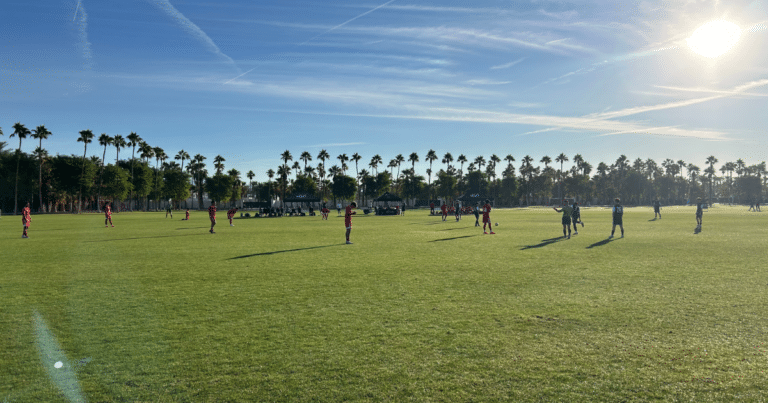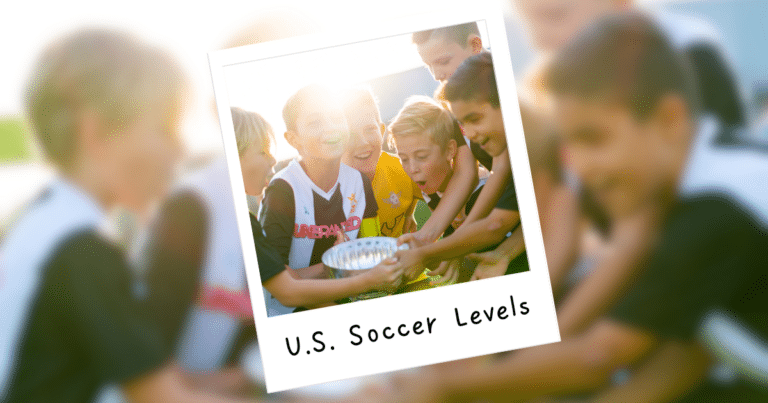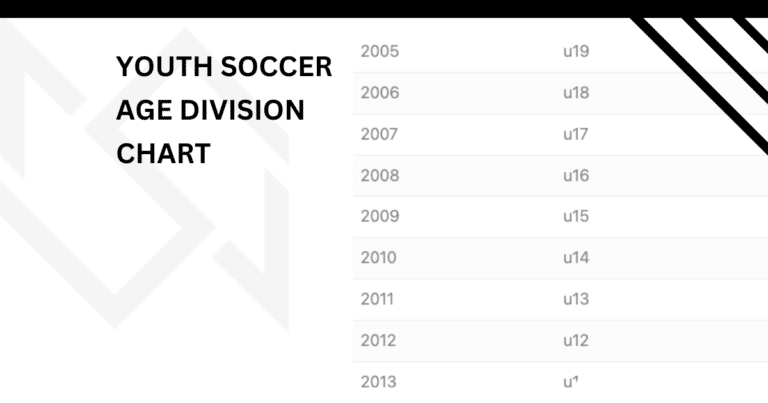What Age Can You Head the Ball in Soccer?
U.S. Soccer has implemented a policy that prohibits children aged 10 and under from heading the ball during games and practice.
Key Takeaways From This Article:
- In youth soccer, most leagues allow players to head the ball starting at U-12.
- The heading restrictions were set in place to prevent concussions and other head injuries.
- For youth players who are allowed to head the ball, you should practice proper technique (here’s a helpful video).
Heading the ball is an essential skill that helps players become an all-around player but there has been a prioritization over safety. This is especially true for younger soccer players. I think this makes complete sense!
The goal of these rules is to reduce the risk of concussions and other head injuries, which can have serious long-term consequences.
What Are the Rules for Heading in Soccer?

The following are the soccer heading rules that U.S. soccer teams and organizations should abide by.
- 10 Years or Younger: No heading allowed whatsoever. Coaches are not allowed to teach heading techniques and referees should blow the whistle if a player intentionally heads the ball in a game.
- 11 to 13 Years Old: More of a gray area but it’s advised that players are limited to 15 and 20 headers per week. Practicing headers should be limited to less than 30 minutes per week.
- 14 Years and Older: There are no limitations and players are free to practice headers and perform headers during games.
It’s important to note that teams in the U.S. are organized by age groups. For example, kids that are 10 years old are considered U-11 (under 11).
If a 10-year-old is playing up on a U-13 team, they technically cannot head the ball since the rules are age-based and not team-based.
You’ll always have some younger kids trying to head the ball out of instinct. They’ll get called for the penalty but the game just proceeds.
As a parent, you don’t want to see your child bang heads with someone or not head the ball properly. At younger ages, it’s just easiest to avoid it altogether!
Frequently Asked Questions
At what age can you start heading the ball in soccer games?
Teams can start heading the soccer ball starting at U-12. Players younger than 11 are not allowed to head the ball in practice or games.
What are the signs of a concussion?
Common signs of a concussion include headache, dizziness, confusion, nausea or vomiting, sensitivity to light or noise, blurred vision, difficulty concentrating, memory problems, and changes in mood or behavior.
Can you head the ball at 9v9?
No, heading is not allowed in 9v9 games unless players are older than 11 years old.

Written By: Beau Bridges
Beau is the founder of SoccerNovo, dedicated to helping players and parents navigate the youth soccer landscape. As a former youth coach and soccer parent, he shares insights on player development, recruiting, and the ever-evolving soccer scene in the U.S.
Let’s connect




